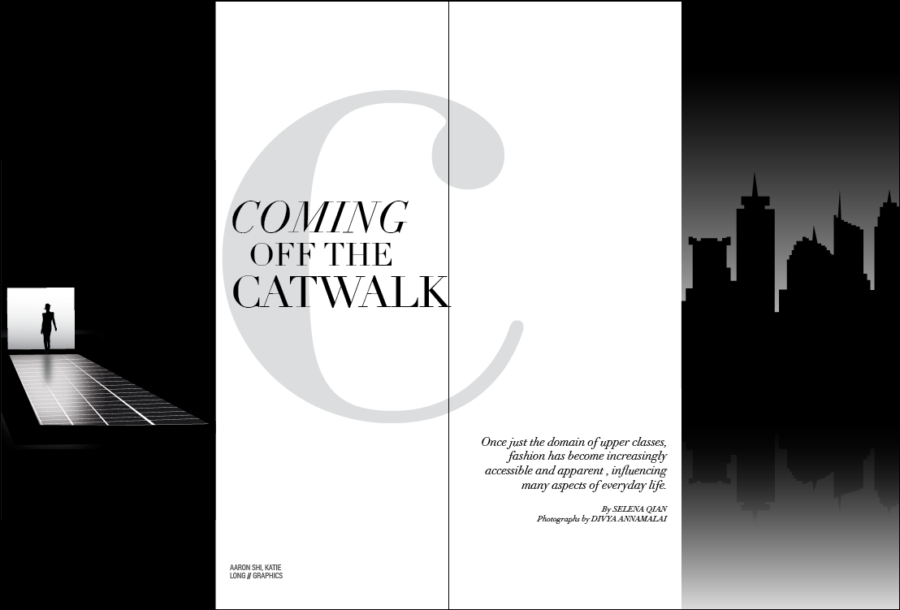When senior Audrey Johns joined the Brass Plum Fashion Board at Nordstrom in July 2014, she became a part of the multitrillion-dollar global industry that fashion has grown into.
According to the Joint Economic Committee of the United States Congress, analysts say the fashion industry is valued at $1.2 trillion globally, and more than $250 billion is spent on fashion each year in the United States alone.
From July 2014 to May 2015, Johns interned at Nordstrom and learned about the fashion business: how a big company works and what kinds of lines Nordstrom sells, along with how the company promotes its various clothing lines.
Johns has taken both Fashion Merchandising and Fashion and Textiles Careers at CHS, but she said her love of fashion started before then.
“I think it was kind of always in the back of my mind because I love clothes, and I love dressing up and stuff,” Johns said. “I got into it more as I got into high school because I signed up for the fashion design class so I learned to sew and stuff, and the friends that I have are really into it too so we’re all in it together.”
Fashion has become more prominent in everyday life, with designers like Calvin Klein, Coco Chanel and Ralph Lauren becoming household names. Judy Fisher, Fashion and Textiles teacher, said almost everyone now thinks about fashion in some manner because it has become more accessible as a part of everyday life, not just for certain groups.
 “I think fashion has always been important, but it was always up at a higher level of society because people had more money to put toward fashion. They had more leisure to think about fashion, but it has come down so even kids at school here think about it, and part of that’s because of all the magazines, all the social media. Immediately you know what Beyoncé’s wearing here. You know right away what the country western singers are wearing on the red carpets in the Oscars, and so yes, I think it is definitely becoming very mainstream because of the social media that we have so everybody has access to it,” Fisher said. “To look good, whatever your style is, it no longer takes a lot of money. At this point in time, there’s very little excuse for people looking frumpy anymore because you can go to Target and get a Lilly Pulitzer outfit, you can go to Kohl’s, there’s all kinds of (places). JCPenney’s has darling stylish clothes that people can get, and so it doesn’t have to be the cost of something.”
“I think fashion has always been important, but it was always up at a higher level of society because people had more money to put toward fashion. They had more leisure to think about fashion, but it has come down so even kids at school here think about it, and part of that’s because of all the magazines, all the social media. Immediately you know what Beyoncé’s wearing here. You know right away what the country western singers are wearing on the red carpets in the Oscars, and so yes, I think it is definitely becoming very mainstream because of the social media that we have so everybody has access to it,” Fisher said. “To look good, whatever your style is, it no longer takes a lot of money. At this point in time, there’s very little excuse for people looking frumpy anymore because you can go to Target and get a Lilly Pulitzer outfit, you can go to Kohl’s, there’s all kinds of (places). JCPenney’s has darling stylish clothes that people can get, and so it doesn’t have to be the cost of something.”
Johns said the prominence comes from seeing fashion all the time, though many people are not aware of the fashion they see.
“I think fashion has a big impact because you see it every day, so if you’re very fashion-conscious, you’re going to want to look nice everyday, and even if you’re not, you buy things that you think are going to be comfortable and very ‘you’,” Johns said.
Because fashion is prominent in our everyday lives, it has come to influence other aspects of life. It impacts such areas of life as technology, politics and business in both direct and indirect ways. These areas of life, by the same token, affect fashion.
For example, technology has allowed for many advances in modern society, from the smartphone to the microwave oven. These developments have changed life, making it easier than ever to communicate with others, finish tasks and store information, and, just as with the world as a whole, this has altered the fashion sphere. According to Fisher, technology has had an important impact on the way designers create clothing, allowing people to more easily put their ideas on paper.

Karen Shumway, former introduction to housing and interior design and Fashion and Textiles teacher, said much the same, citing examples of pictures printed onto fabric. Shumway said technology has also advanced the marketing aspect of fashion by making it more accessible in that “anyone has (fashion) available to them.”
Innovations have also led to an increase in wearable technology, with new items such as the Apple Watch and the Fitbit. Though these devices seem limited at present, Johns said she thinks there will be more wearable technology in the future.
“I think (there will be more wearable technology). Like the Apple Watch, it just came out, but even runway shows, they’ve started incorporating lights and different things like that into their clothes, which is really different,” Johns said. “One outfit that I saw had a TV screen on it—it was really weird, but it was cool.”
Fashion and technology also collided in the first ever Silicon Valley Fashion Week (SVFW), an event in mid-May hosted by Betabrand, a self-dubbed “online clothing community.” This event showcased how technology can be used in fashion—both in design features and marketing—with each of the three nights centered on a different theme: electric motion, wearable technology and crowdfunding. SVFW went even further by using drones and robots instead of humans to model some of the Betabrand clothing.
Fisher also said she thinks there will be even more wearable technology later on, with many products that people would not expect.
“I think we will (see more wearable technology), and I think they’ll use a lot of products that you wouldn’t normally have thought of as what we think of as garments, as fabrics, and because of the technology, they can incorporate sunscreens and all kinds of things into fabrics that are made into the garments,” Fisher said.
Technology impacts fashion design and marketing. Fashion, however, also has an influence on technology. According to Johns, fashion affects the appearance of technology, as developers strive to ensure that devices look like something people would want to use, particularly as technology becomes a larger part of accessories and clothing.

“Definitely the technology has to look kind of cool, like the iPhone has a nice, sleek look to them, and people buy cool cases for them, so I think technology more, they want to make it good-looking, but they also want to have a purpose to it,” Johns said.
Fashion’s reach can also be seen in politics. With the elections coming up next year, politicians are beginning to put the first of their campaign ads on television. People scrutinize politicians and other public figures as much as, if not more than, celebrities for what they wear and do, particularly during election season.
Danny Hayes, assistant professor of political science at George Washington University, and Jennifer Lawless, professor of government at American University, did a study which showed that negative or positive mentions of a candidate’s appearance had a similar effect on public perception, regardless of gender. However, some critics of the study cite that the clothing of female politicians is mentioned more than that of male politicians.
Shumway agreed with parts of the study. She said a public figure’s appearance in general does influence thoughts about him or her , but, like many of the study’s detractors, she believes female politicians tend to be criticized more for what they wear.
“Unfortunately, we still live in a society where women are critiqued much more than men, and if you notice a lot of times like Hillary Clinton is criticized for her fashion, which I personally think she does pretty well, I think her pantsuits are appropriate for her, but no one would critique a man’s suit like that. So (in) politics, I think it’s a little sexist when it comes to fashion,” Shumway said. “But I do think we look at people, even the men, and how they look influences our feelings about them.”
This public perception causes fashion to play a role in politics, according to Fisher. She said stylists are important here because politicians target certain groups in order to garner more votes. She said politicians try to project an image, often based on the voter demographic that they want to connect to.
“When you look at the political ads on TV, you’ll see how they’re dressed so differently. We had one of the candidates was dressed as downhome folksy, and he was trying to appeal to the ‘common man,’ and when you look into his background, he was highly educated and very successful in the business world and in the legal world,” Fisher said. “You would never have known that, because he just looked like a good old boy in his commercials.”
 Johns, as a student, has not thought as much about politics in the past, but she has noticed that politicians try to look nice when making public appearances.
Johns, as a student, has not thought as much about politics in the past, but she has noticed that politicians try to look nice when making public appearances.
“(Politicians) wear their nice suit and tie or a nice dress, and so they express themselves,” Johns said. “They love the tailored suits—those always just look nice.”
Even once in office, Fisher said, politicians continue to project an image through their clothes, making stylists and fashion very important.
“If you notice, anytime politician is being filmed, or when they’re filmed in front of the Oval Office, they’re in blue jackets, white shirts, red tie. That’s very truthful-looking and sturdy and steady, and you know, trustworthy. So because of you projecting an image, that’s why stylists are so important in business, in politics, in the movie industry,” Fisher said.
Much like politicians, prominent business figures work to portray a certain image through their clothing. Fashion itself is a huge industry as well, giving it impact in business. According to a MarketLine research report, the U.S. apparel industry had a compound annual growth rate of 4.4 percent from 2010 to 2014, amounting to a total of $375.1 billion in revenue in 2014.
Shumway said, “Well, the fact that it is a billion dollar business itself, fashion is in so many aspects, in so many careers—you don’t have to be a fashion designer to be in the fashion industry. There’s tons of areas that you can go into. So that in itself really does affect business, but also individual people, how the look, people judge, you know, the first judgment of people is how they look.”
As such a large industry, fashion makes an impact on business as a whole, yet business can also drive what clothing is designed, as fashion stores will aim to sell to certain groups. These target groups, though, can dictate the clothing trend instead of the other way around.
“If you take Nordstrom, for example, they have their teen section, and they also have their adults, but then there’s some stores that sell strictly for adults, like Loft, and things like that,” Johns said. “So I think it just depends on who you want to buy your clothes and where you want your clothes to be worn.”
The fashion industry was one of the main aspects of fashion that Johns learned about during her internship at Nordstrom. She chose her favorite of the store’s lines and designed an aspect of it. She then learned how to market the line, promote it and put it on social media.
Johns said she has always been fairly fashion-conscious because she loves clothes, but even people who do not think about fashion as much have to have some aspect of it in their lives.
“You dress how you feel. Katy Perry has a quote that I love where it’s like she’s a mood ring—your style’s just who you are and how you’re feeling that day, so I think that’s kind of the aspect that everybody feels. You get up and you have to put clothes on, like, you can’t walk around naked,” Johns said. “Fashion, since it’s like your appearance and it’s kind of the first impression, you always want to look nice, so I think fashion is everywhere.”
Fisher said much the same. She said fashion is important in pretty much everything because people often base their first impressions on appearance.
“The most important thing when you first talk about fashion: it is important in all walks of life because when people first see you, they form an opinion just based completely on what you look like, whether it’s right or wrong,” Fisher said. “So, however you appear will attract different types of people so it is important in the mornings or when you’re dressing to go places that you try to dress for what you’re trying to project.”













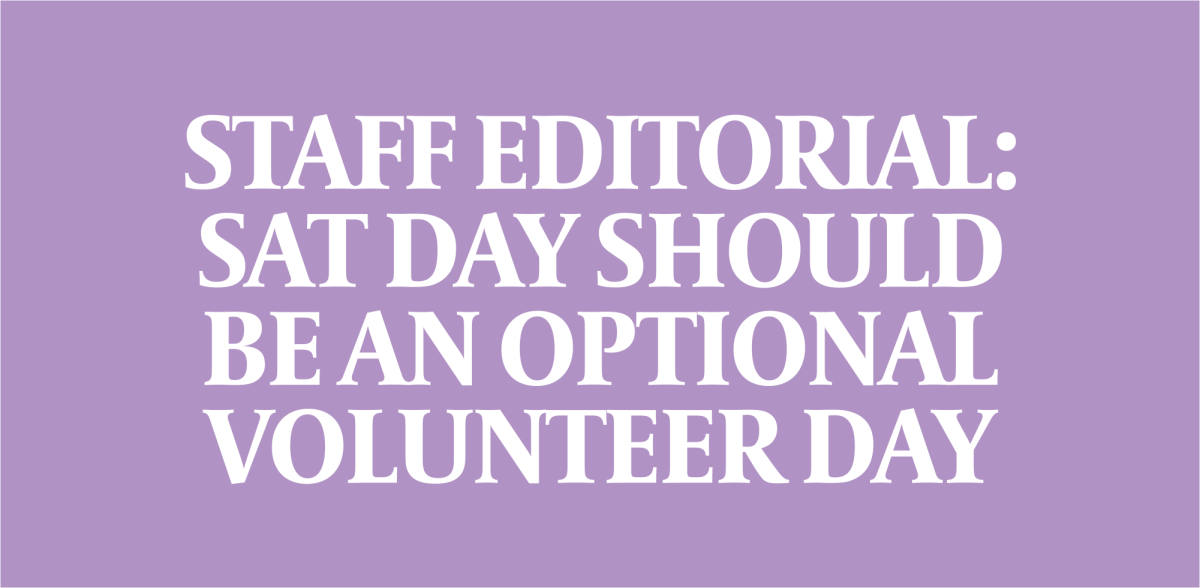




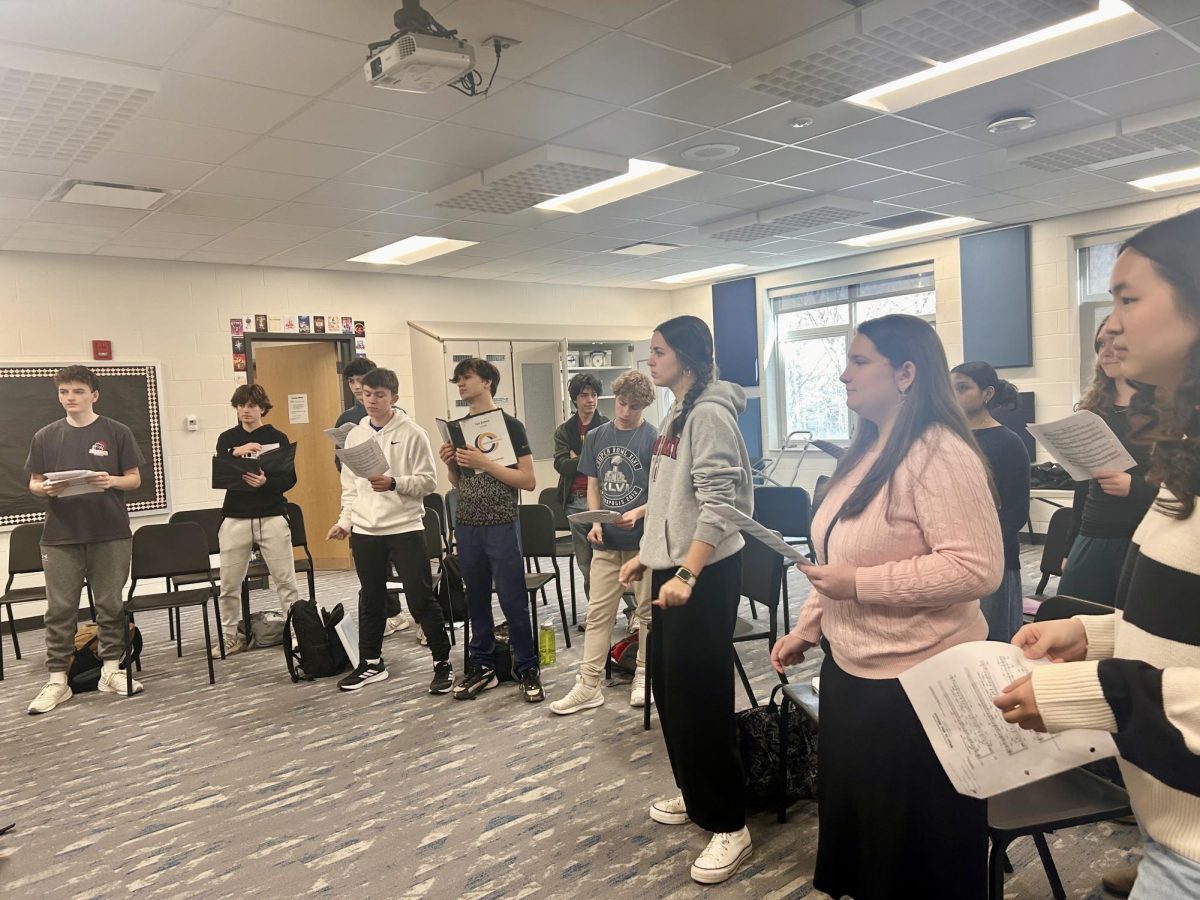




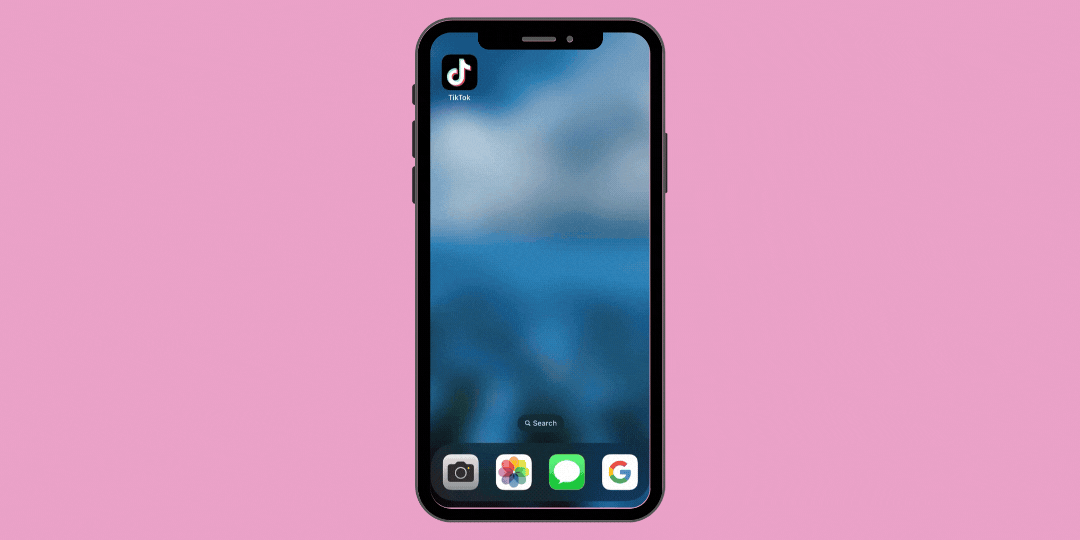
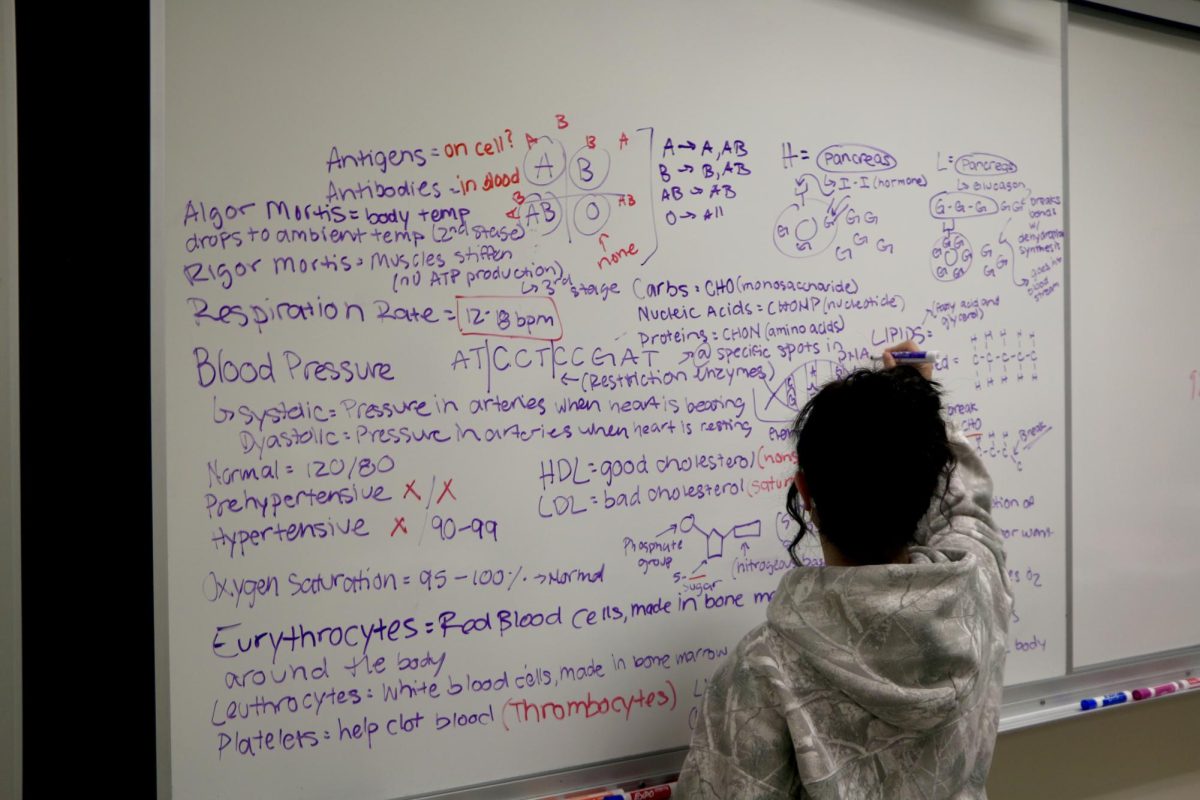
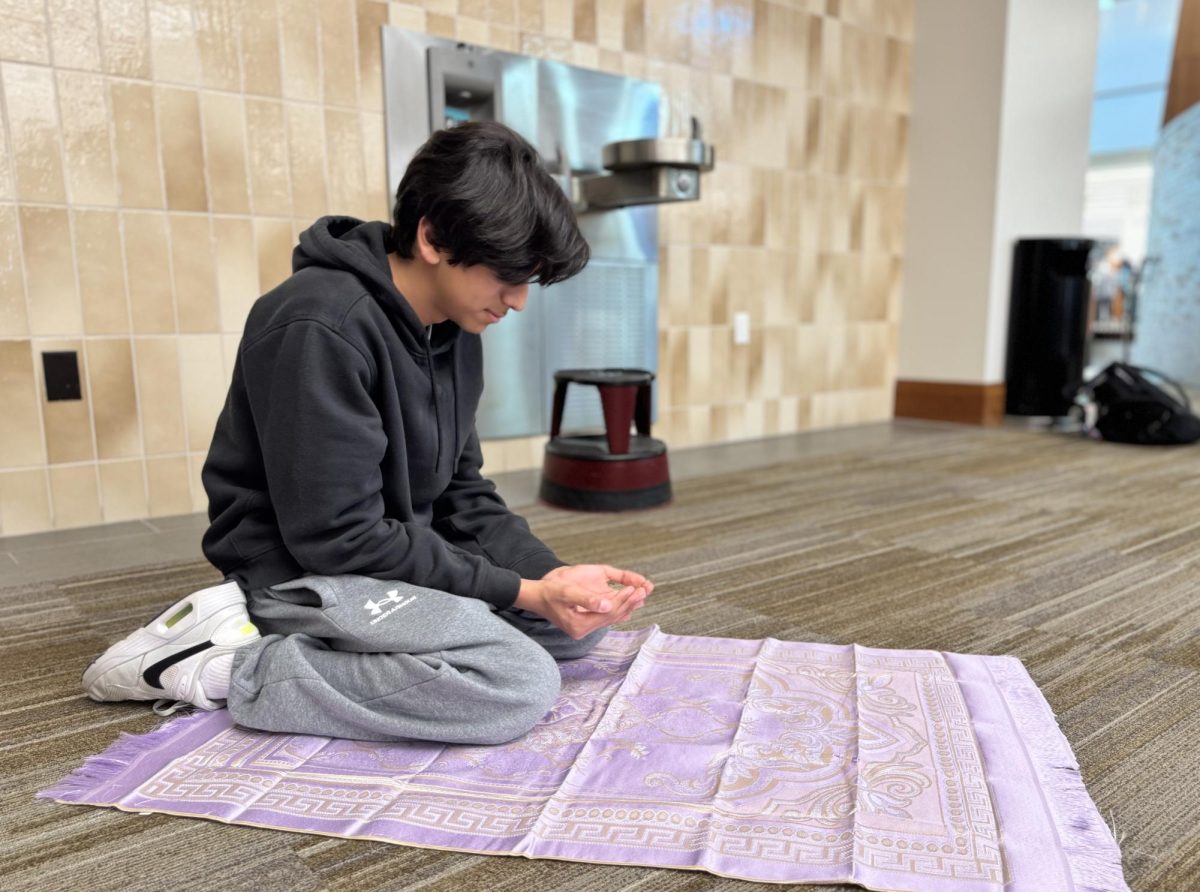

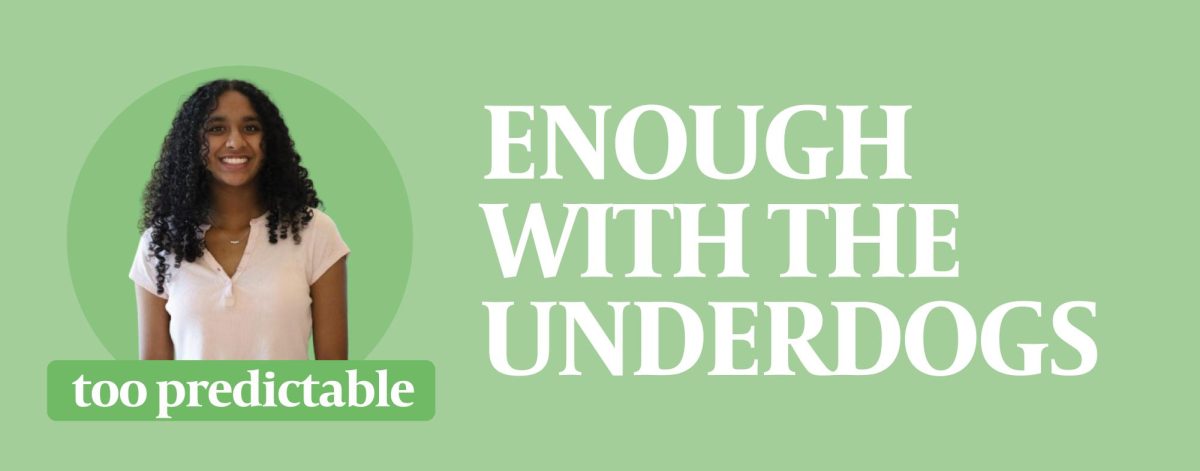

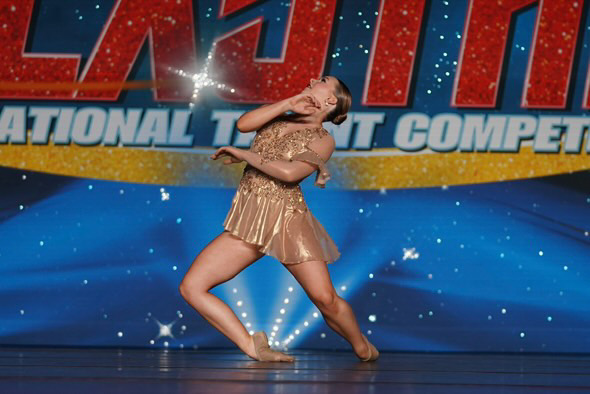

![AI in films like "The Brutalist" is convenient, but shouldn’t take priority [opinion]](https://hilite.org/wp-content/uploads/2025/02/catherine-cover-1200x471.jpg)




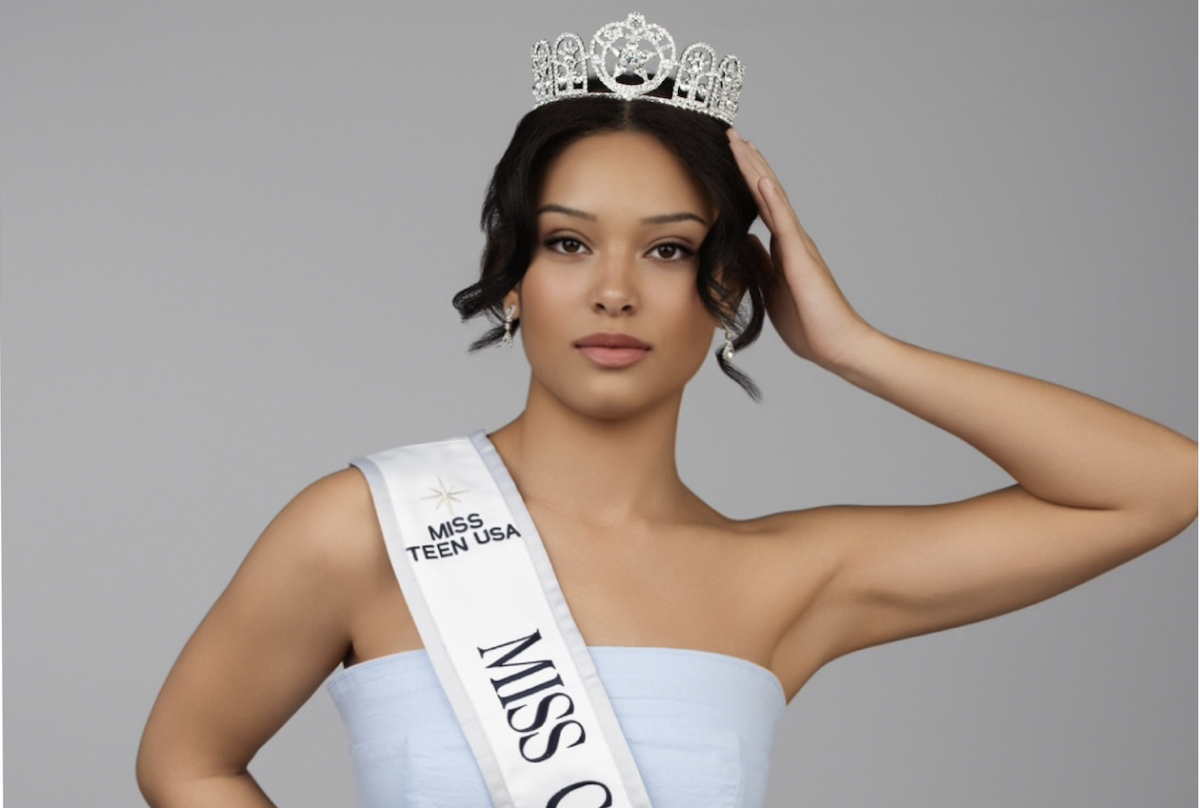








































![Review: “The Immortal Soul Salvage Yard:” A criminally underrated poetry collection [MUSE]](https://hilite.org/wp-content/uploads/2025/03/71cju6TvqmL._AC_UF10001000_QL80_.jpg)
![Review: "Dog Man" is Unapologetically Chaotic [MUSE]](https://hilite.org/wp-content/uploads/2025/03/dogman-1200x700.jpg)
![Review: "Ne Zha 2": The WeChat family reunion I didn’t know I needed [MUSE]](https://hilite.org/wp-content/uploads/2025/03/unnamed-4.png)
![Review in Print: Maripaz Villar brings a delightfully unique style to the world of WEBTOON [MUSE]](https://hilite.org/wp-content/uploads/2023/12/maripazcover-1200x960.jpg)
![Review: “The Sword of Kaigen” is a masterpiece [MUSE]](https://hilite.org/wp-content/uploads/2023/11/Screenshot-2023-11-26-201051.png)
![Review: Gateron Oil Kings, great linear switches, okay price [MUSE]](https://hilite.org/wp-content/uploads/2023/11/Screenshot-2023-11-26-200553.png)
![Review: “A Haunting in Venice” is a significant improvement from other Agatha Christie adaptations [MUSE]](https://hilite.org/wp-content/uploads/2023/11/e7ee2938a6d422669771bce6d8088521.jpg)
![Review: A Thanksgiving story from elementary school, still just as interesting [MUSE]](https://hilite.org/wp-content/uploads/2023/11/Screenshot-2023-11-26-195514-987x1200.png)
![Review: "When I Fly Towards You", cute, uplifting youth drama [MUSE]](https://hilite.org/wp-content/uploads/2023/09/When-I-Fly-Towards-You-Chinese-drama.png)
![Postcards from Muse: Hawaii Travel Diary [MUSE]](https://hilite.org/wp-content/uploads/2023/09/My-project-1-1200x1200.jpg)
![Review: "Ladybug & Cat Noir: The Movie," departure from original show [MUSE]](https://hilite.org/wp-content/uploads/2023/09/Ladybug__Cat_Noir_-_The_Movie_poster.jpg)
![Review in Print: "Hidden Love" is the cute, uplifting drama everyone needs [MUSE]](https://hilite.org/wp-content/uploads/2023/09/hiddenlovecover-e1693597208225-1030x1200.png)
![Review in Print: "Heartstopper" is the heartwarming queer romance we all need [MUSE]](https://hilite.org/wp-content/uploads/2023/08/museheartstoppercover-1200x654.png)


